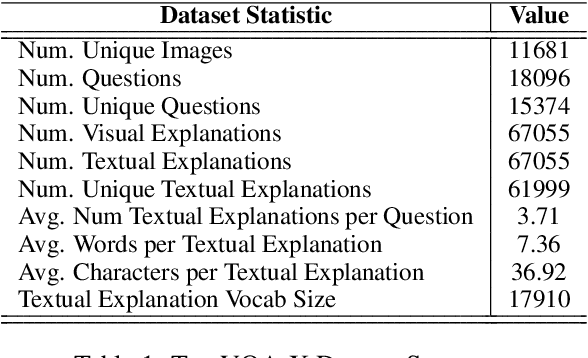Karen Hovsepian
Tagging-Augmented Generation: Assisting Language Models in Finding Intricate Knowledge In Long Contexts
Oct 27, 2025Abstract:Recent investigations into effective context lengths of modern flagship large language models (LLMs) have revealed major limitations in effective question answering (QA) and reasoning over long and complex contexts for even the largest and most impressive cadre of models. While approaches like retrieval-augmented generation (RAG) and chunk-based re-ranking attempt to mitigate this issue, they are sensitive to chunking, embedding and retrieval strategies and models, and furthermore, rely on extensive pre-processing, knowledge acquisition and indexing steps. In this paper, we propose Tagging-Augmented Generation (TAG), a lightweight data augmentation strategy that boosts LLM performance in long-context scenarios, without degrading and altering the integrity and composition of retrieved documents. We validate our hypothesis by augmenting two challenging and directly relevant question-answering benchmarks -- NoLima and NovelQA -- and show that tagging the context or even just adding tag definitions into QA prompts leads to consistent performance gains over the baseline -- up to 17% for 32K token contexts, and 2.9% in complex reasoning question-answering for multi-hop queries requiring knowledge across a wide span of text. Additional details are available at https://sites.google.com/view/tag-emnlp.
A First Look: Towards Explainable TextVQA Models via Visual and Textual Explanations
Apr 29, 2021



Abstract:Explainable deep learning models are advantageous in many situations. Prior work mostly provide unimodal explanations through post-hoc approaches not part of the original system design. Explanation mechanisms also ignore useful textual information present in images. In this paper, we propose MTXNet, an end-to-end trainable multimodal architecture to generate multimodal explanations, which focuses on the text in the image. We curate a novel dataset TextVQA-X, containing ground truth visual and multi-reference textual explanations that can be leveraged during both training and evaluation. We then quantitatively show that training with multimodal explanations complements model performance and surpasses unimodal baselines by up to 7% in CIDEr scores and 2% in IoU. More importantly, we demonstrate that the multimodal explanations are consistent with human interpretations, help justify the models' decision, and provide useful insights to help diagnose an incorrect prediction. Finally, we describe a real-world e-commerce application for using the generated multimodal explanations.
 Add to Chrome
Add to Chrome Add to Firefox
Add to Firefox Add to Edge
Add to Edge